Howard City, a Small Town and an Uncertain Future
September 24, 2017
Howard City, Nebraska is a small town, roughly fitting onto 20 square blocks of land, and chances are, you have never heard of it. The only way to get to it is by taking a rarely used state highway through obscurity until the little green sign generically welcomes you into the city limits. Though the community of 189 displays through murals and signs how proud they are to be in their town, the numbers show a different story, one of kids graduating high school and leaving their community behind, furthering the uncertainty of the future existence of the village.
After I visited here, and listened to the stories from the residents, the overall consensus is that people are confident that it will survive for much longer, and that they will persist into the course of time.
This is not uncommon, because the average town under 10,000 people in Nebraska, excluding those near major metropolitan areas, loses 0.35% of its population every four years as calculated from US Census data. Many of them have murals and signs showing how proud they are to be in their cities, but the trend continues nonetheless, and Howard City is the rule rather than the exception.
As these towns fade away, they leave stains of their past, old buildings and artifacts that are still standing as the people that had once occupied them have gone. They are an eerie reminder of the changes that have happened as time has gone by, and technologies have changed. They serve to remind us of the difficulties that the people left behind have to face.
These pictures tell Howard City’s story.
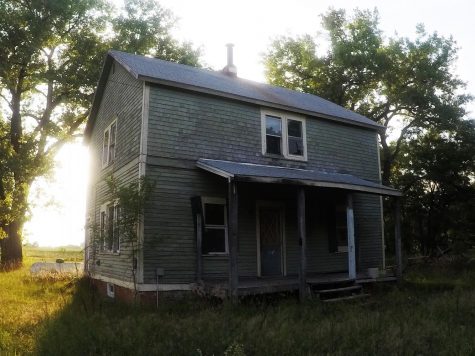
Situated on a far corner of Howard City, this vacant house basks in the last hours of daylight. Empty houses scatter the town, and the number grows with every census.
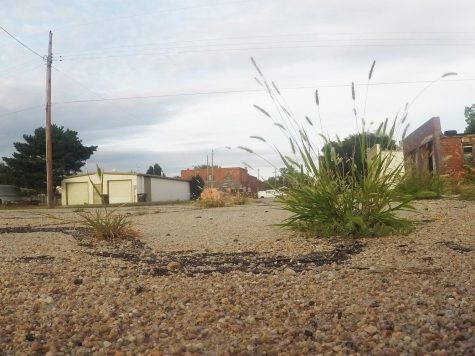
Weeds grow through the cracks of Seventh Street in the center of town. The roads of Howard City are full of potholes, cracks, and broken glass, but are free of cars.
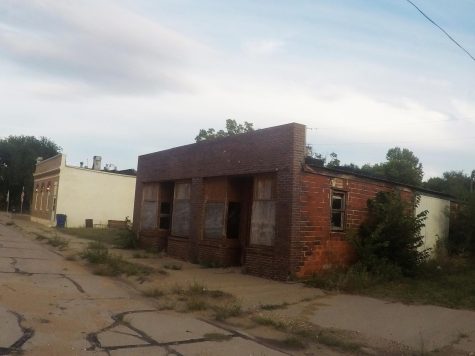
An old business sits abandoned with boarded windows and overgrown brush at its foundation. The town has seen a decrease in the number of businesses in recent years.
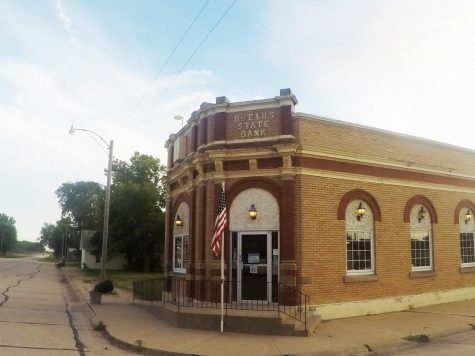
The Boelus State Bank is the only bank in town, but it only operates on a few days of the week. The bank has competitors in Grand Island, where many residents have to go for groceries.
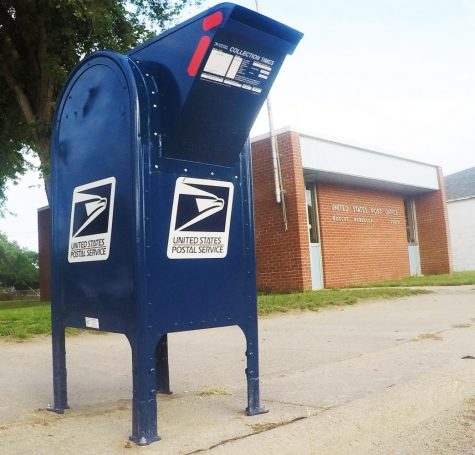
The town’s post office stands out because of its new century modern design, but it is rarely used for in town mail because of delivery time. Closure of the post office was a threat in the 1980s, but the town fought to keep it.
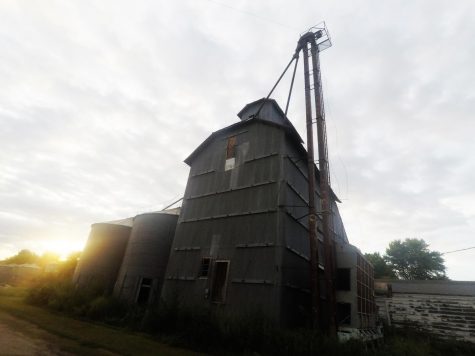
An abandoned grain elevator that towers above town has not been used for years. Many towns in Nebraska have granaries that sit unused as technology makes it easier to transport product.
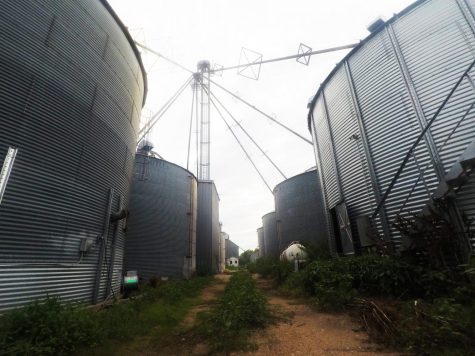
These granaries are still used today, but they are falling apart and smell rancid. Town members who live nearby consistently complain of the abnormal grinding noises that can be heard from these facilities throughout the day.
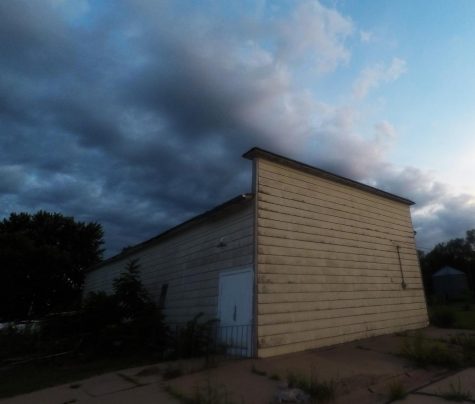
This storage unit sticks out with its bright red doors, but they have not been opened in years. As the town fades away, the mysteries behind the doors will never be solved as they are rusted shut.

This mural shows a picture of the rail depot and some old factories, all of which no longer exist in this town. The removal of the railroad in the 1980’s has encouraged businesses to go elsewhere, bringing the people with them.
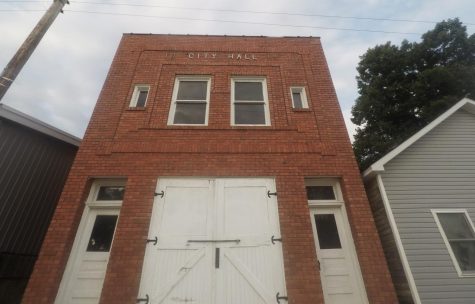
The Howard City Hall, built in 1914, is one of the tallest things in downtown, but the doors are padlocked shut. As the people leave, there is less for city administrators to do, so there are less days that the building is open.
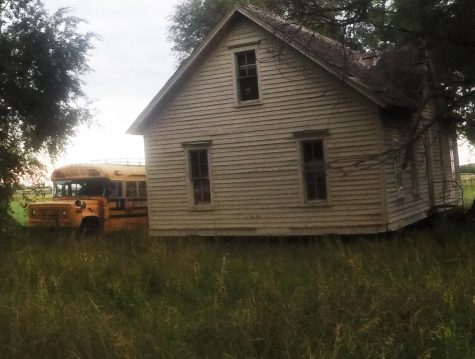
An abandoned house curiously sits with an old modeled school bus. Once upon a time a major high school was located in Howard City, but it was closed and converted to a home for a local resident.
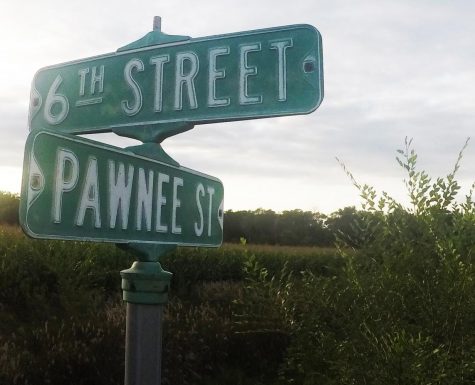
A street marker stands on an undeveloped block of town. Each street that runs north-south is named after a local Native American tribe, with the exception of Delaware street.
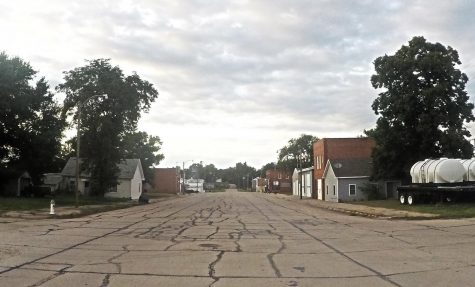
This is the middle of State Highway 58 during rush hour on the day of the solar eclipse. Traffic is at a minimum even on the day that brought 200,000 more people to the area for the rare event.


